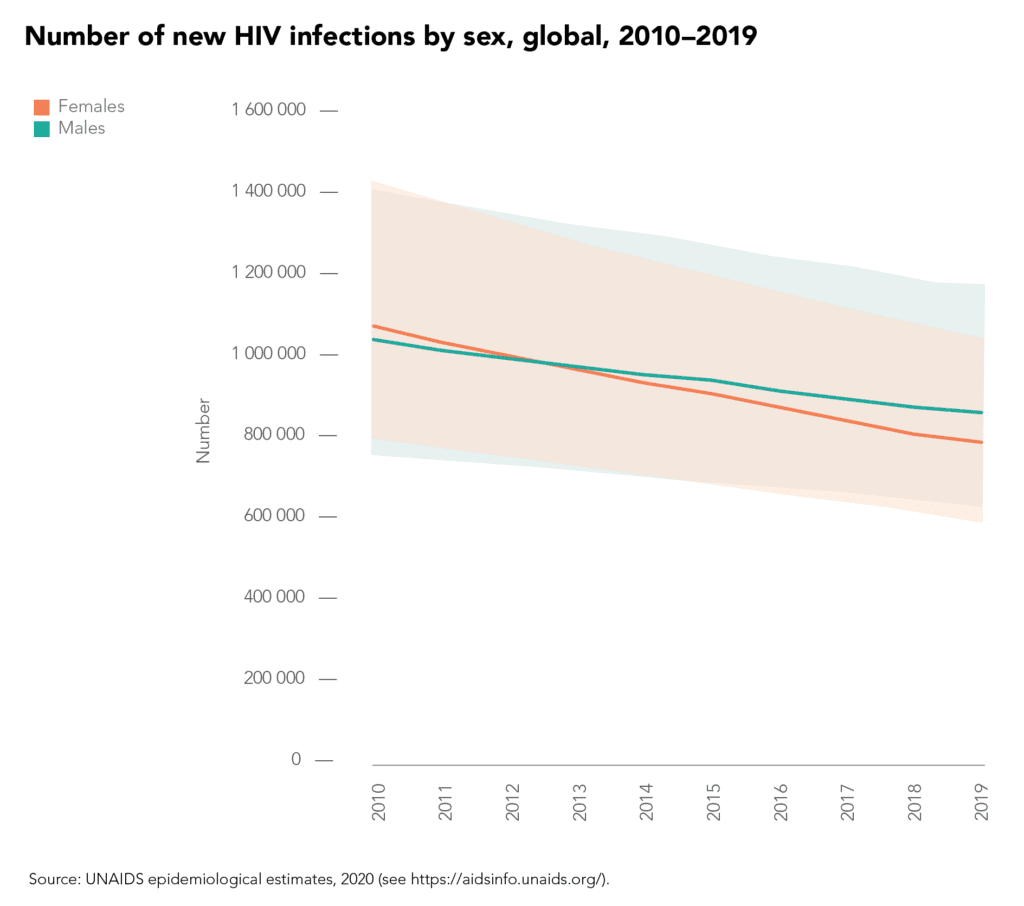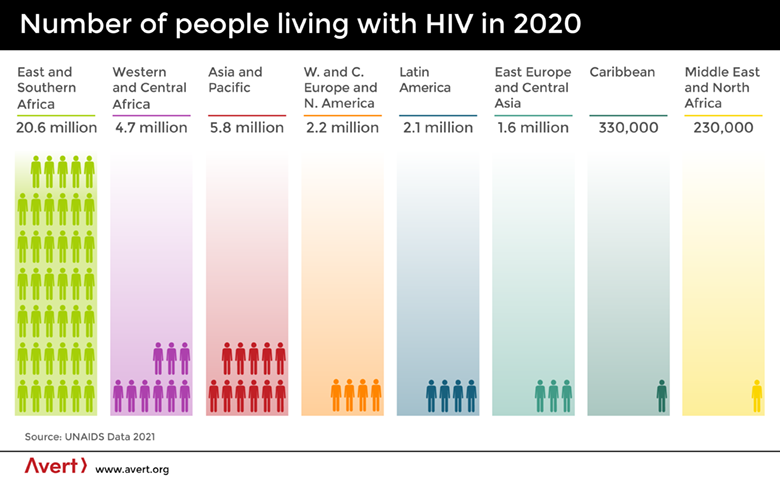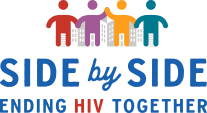While many factors determine risk levels, HIV can affect people of all ages, races, and genders. The good news is that transmission rates of HIV have continuously decreased over the past decade. But every year thousands of people are diagnosed – and 48% of these new infections are HIV in women.

Although the largest percentage of people living with HIV is men, women are still at risk. Unfortunately, most information about HIV prevention aims at men, and women often know very little about protecting themselves.
Here’s what everyone needs to know about the risk of HIV in women, how they can lower transmission rates and HIV treatment options.
What Puts Women at Risk for HIV Transmission?
HIV is shared through contact with bodily fluids, including blood, semen, rectal fluids, vaginal fluids, and breast milk. HIV is most commonly transmitted through unprotected (condomless) sexual contact.
One common misconception is that the risk of HIV infection is lower for women and that HIV is more common amongst men – particularly gay or bisexual men. This is somewhat true, as the vast majority of HIV transmissions occurred through male-to-male sexual contact. But about 10% of new HIV diagnoses are attributed to heterosexual contact and 5% are through injection use.
HIV in women transmits through sexual contact with another male, as well as shred needle injections and even from mother to child during pregnancy or breastfeeding. Women in sex work are also at a far higher risk category and are up to 13 times more likely to be diagnosed with HIV.
Women outside of the United States in countries with limited access to HIV protection and treatment options are also at a far higher risk. Sadly, the number of people living with HIV is 5 to 10 times greater in East and Southern Africa than in other regions around the world. While much progress has been made to decrease these numbers, younger women between the ages of 15-24 still account for most new HIV infections.

HIV Affects Women Differently than Men
Some of the symptoms of HIV in women are the same as those of men, particularly directly after exposure. In the first few weeks of the HIV infection, both men and women may experience flu-like symptoms including fever, sore throat, and intense fatigue. Additional symptoms of HIV include rashes, joint pain, stomach pain, and breathing issues.
The good news is that HIV can be treated through ART (antiretroviral therapy) to diminish these symptoms and prevent the progression of HIV to AIDS. These medications are available for both men and women to suppress the virus so it cannot be transmitted to another person. With proper treatment, women living with HIV can live full and healthy lives.
But if left untreated, HIV can impact a woman’s overall health in different ways than it may for a male. Women with HIV are more susceptible to gynecological issues, such as frequent yeast infections, more severe symptoms from STDs, bacterial vaginosis, and menstrual issues such as heavy bleeding or missed periods. This can also lead to issues with fertility and pregnancy.
Since HIV suppresses the body’s immune system, this increases a person’s overall risk for many types of diseases and illnesses. For example, HIV-positive women have a higher risk of developing cervical cancers, osteoporosis, and heart disease.
There is also the concern of HIV and pregnancy risks. If the mother is not being treated for HIV to suppress her viral load, it could be passed along to the baby during pregnancy, birth, or breastfeeding. Pregnant women with HIV may require additional health monitoring.
How Women Can Protect Themselves from HIV Transmission
The best way to prevent HIV transmission is to protect yourself from potential exposure by using condoms and avoiding shared needles. Regular testing for HIV and other STDs is also highly encouraged, particularly if you are unsure of the HIV status of your partner(s).
Women should use condoms as protection against HIV during any sexual encounter, including oral, to lower the risk of transmission. After any possible exposure to HIV, they should see a medical service for an early detection HIV test.
PrEP is a medication that helps to significantly lower the risk of HIV transmission. When taken as directed, PrEP stops HIV from reproducing after exposure, so transmission will not occur. Currently, about 93% of all PrEP users are male – so does PrEP work for women? The answer is yes, with some exceptions.
Not all forms of PrEP are currently approved for cisgender women – but some medications are. Ultimately, it is up to your doctor to determine which form of PrEP is best for their patient. You should consult your doctor about your risk of HIV transmission and see if taking PrEP is the right option for you.
Learn More About HIV Protection and Prevention
Together, we can all help to end HIV around the globe by using protection methods and reducing the risk of transmission. Learning more about how HIV is transmitted, who is at risk, and how to protect yourself and others is just the beginning.
If you would like to learn more about HIV prevention, get tested, or be connected with a clinic in your area for further resources, get in touch with SIDE by SIDE today. Our goal is to help stop HIV by offering helpful information and assistance wherever needed. Reach out to our team today to learn more.





